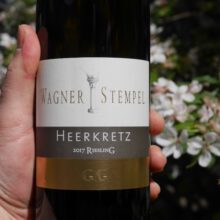
Product information
Wagner-Stempel Riesling Heerkretz 2017
$125
Description
White peach, apple and lime are accented by their pits and pits as well as by raw almond on an enticing nose highly reminiscent of that exhibited by the corresponding 2016. Scents of Ceylon tea and spring beauty (Claytonia) add inner-mouth allure. The feel is flatteringly silken, notwithstanding the persistence of stimulating piquancy. Infectious juiciness, along with an invigoratingly tactile, active sense of crystalline stony impingement, dramatically sets this wine’s vibrant, bell-clear finish apart from that of its Höllberg sibling.
David Schildknecht
In stock
 Daniel Wagner is known in Germany as Mr Riesling. It’s a richly deserved moniker. Siefersheim is located in the extreme west of the German region known as Rheinhessen, just a few kilometres south of the town of Bad Kreuznach, amidst a landscape of steep hills of volcanic origin, interspersed with heath, untouched brooks and small streams, old stone quarries and overgrown walls built of rocks, the gateway to the region known as the “Rheinhessische Schweiz” (Switzerland of Rheinhessen).
Daniel Wagner is known in Germany as Mr Riesling. It’s a richly deserved moniker. Siefersheim is located in the extreme west of the German region known as Rheinhessen, just a few kilometres south of the town of Bad Kreuznach, amidst a landscape of steep hills of volcanic origin, interspersed with heath, untouched brooks and small streams, old stone quarries and overgrown walls built of rocks, the gateway to the region known as the “Rheinhessische Schweiz” (Switzerland of Rheinhessen).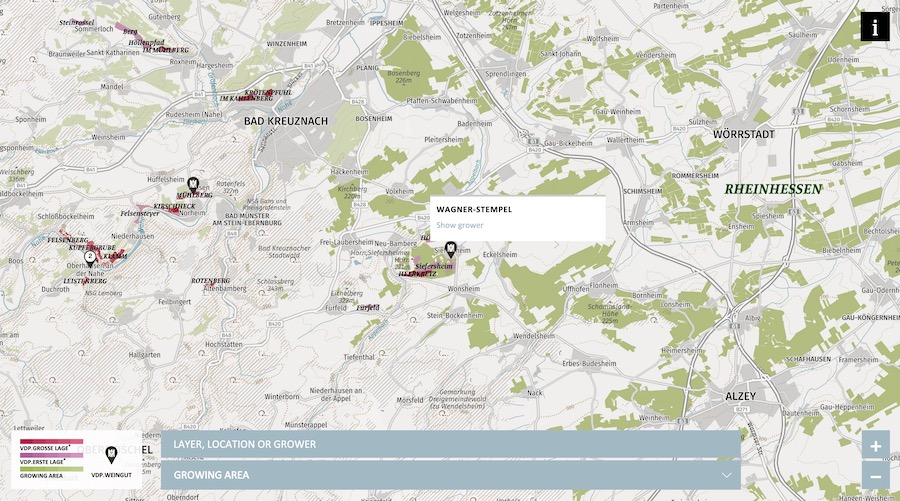


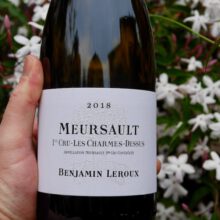

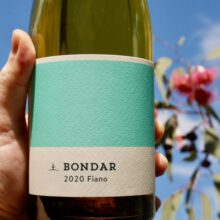
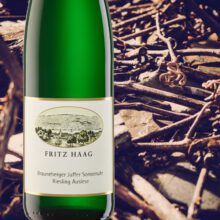
You must be logged in to post a comment.